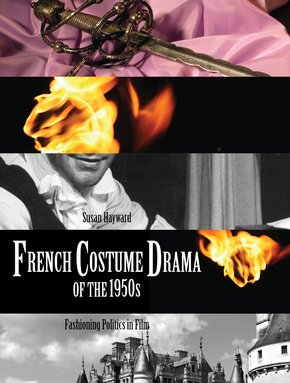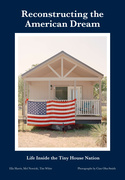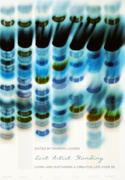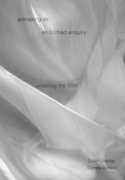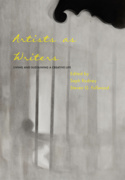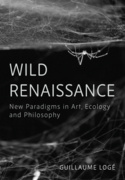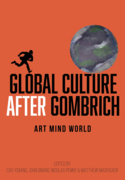French Costume Drama of the 1950s (Book)
Fashioning Politics in Film
When political and civil unrest threatened France’s social order in the 1950s, French cinema provided audiences a seemingly unique form of escapism from such troubled times: a nostalgic look back to the France of the nineteenth and earlier centuries, with costume dramas set in the age of Napoleon, the Belle Époque, the Revolution and further back still to seventeenth-century swashbuckler adventures and tales of mystery and revenge. Film critics, have routinely dismissed this period and this genre of French cinema, overlooking its importance in terms of political cultural history. French Costume Drama of the 1950s redresses this balance, exploring a diverse range of films including Guitry’s Napoléon (1955), Vernay’s Le Comte de Monte Cristo (1953), and Le Chanois’ Les Misérables (1958) to expose the political cultural paradox between nostalgia for a lost past and the drive for modernization.
Edition
When political and civil unrest threatened France’s social order in the 1950s, French cinema provided audiences a unique form of escapism from such troubled times: a nostalgic look back to the France of the nineteenth century, with costume dramas set in the age of Napoleon and the Belle Époque. Film critics, however, have routinely dismissed this period of French cinema, overlooking a very important period of political cultural history. French Costume Drama of the 1950s redresses this balance, exploring a diverse range of films including Guitry’s Napoléon (1955), Vernay’s Le Comte de Monte Cristo (1943), and Becker’s Casque d’Or (1952) to expose the political cultural paradox between nostalgia for a lost past and the drive for modernization.
Susan Hayward is chair of cinema studies and director of film studies at the University of Exeter. She is the author of numerous books on French Cinema including Les Diaboliques (2006), French National Cinema (2005), Simone Signoret: The Star as Cultural Sign (2004) and Luc Besson (1998). She is also the author of the successful Cinema Studies: The Key Concepts (2005).
Belle Epoque Mania: Paris, the Provinces and Biopics
Representing History: Epics, Courtesans and Master Narratives 1796-1888
Fairytales, Foxy Women and Swashbuckling Heroes

